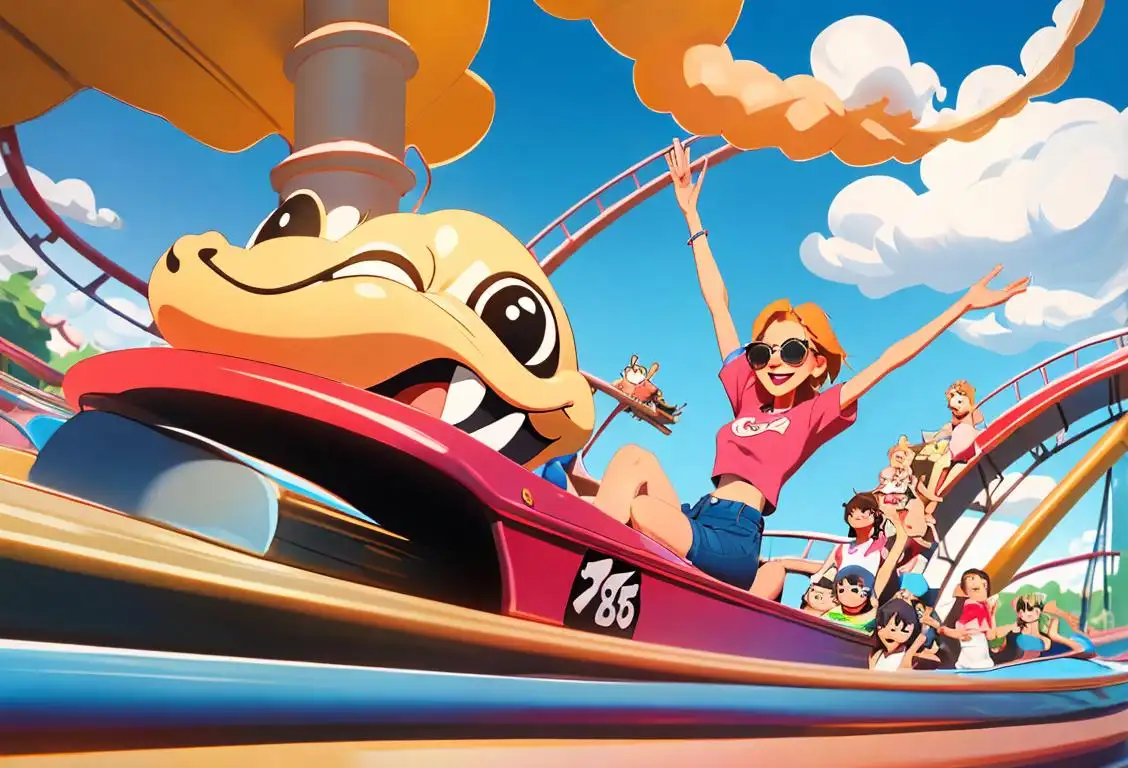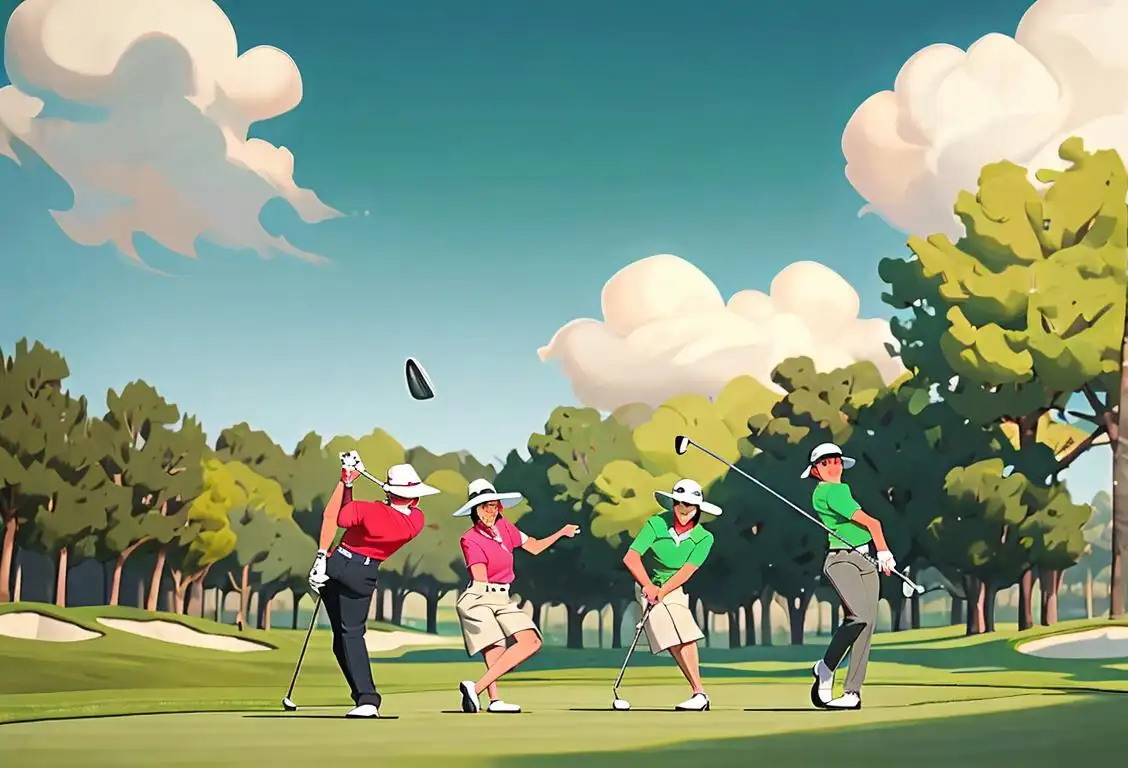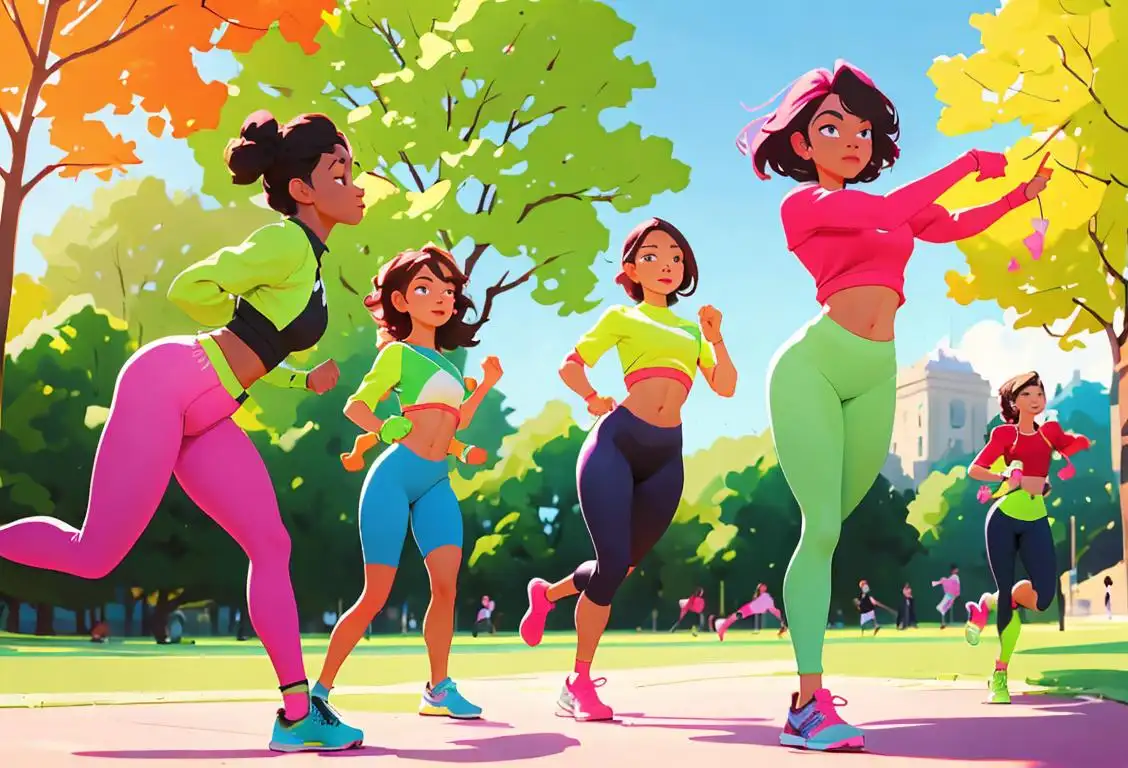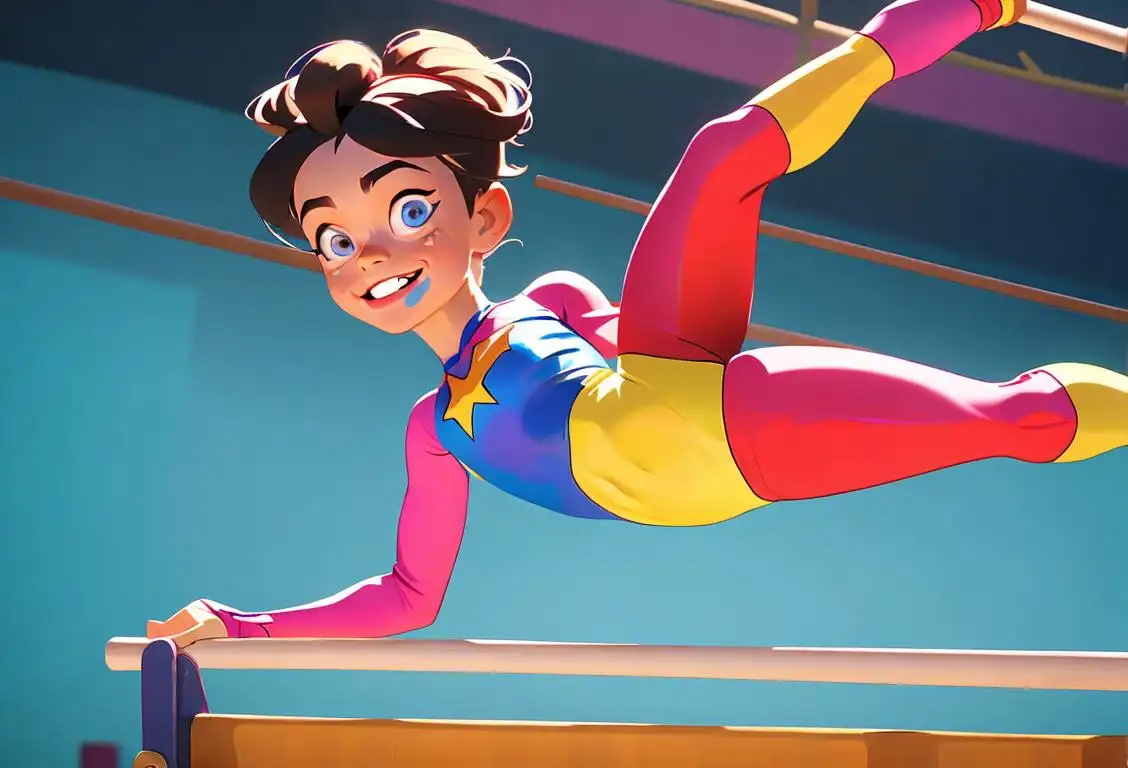National Rollercoaster Day

Welcome to the thrilling world of National Rollercoaster Day! Get ready to scream your lungs out, feel your stomach drop, and experience a rollercoaster of emotions. This adrenaline-fueled celebration is dedicated to those marvelous metal contraptions that send us on a wild ride through loops, twists, and turns. So buckle up and hold on tight as we dive into the heart-pounding history and exhilarating world of roller coasters!
When is Rollercoaster Day?
It's national rollercoaster day on the 16th August.
The Birth of an Adventure:
Roller coasters have been the source of excitement and terror for centuries. The precursor to these thrill machines can be traced back to 17th-century Russia where ice slides were constructed to provide a gravity-driven rush. However, it wasn't until the late 19th century that the roller coaster we know and love today emerged.
In 1884, the Switchback Railway was unveiled at Coney Island, New York, marking the birth of the first roller coaster in America. This humble wooden structure, with its moderate dips and curves, laid the foundation for an amusement park revolution.
From Wood to Steel:
As technology advanced, so did roller coasters. In the early 20th century, steel tracks began to replace their wooden predecessors, allowing for steeper drops, faster speeds, and more jaw-dropping maneuverability. These steel behemoths revolutionized the industry, captivating thrill-seekers around the world.
Over time, roller coasters have become increasingly sophisticated, featuring innovative designs and mind-bending elements. From inversions that leave you hanging upside down to heart-stopping launches that send you from 0 to 60 mph in a matter of seconds, the sky's the limit when it comes to coaster engineering.
Roller Coasters in the Digital Age:
With the advent of virtual reality and augmented reality, the roller coaster experience has reached new heights of interactivity. Imagine donning a VR headset and being transported to fantastical worlds while hurtling through loops and drops. The future of roller coasters promises to be an immersive and mind-blowing fusion of technology and adrenaline.
History behind the term 'Rollercoaster'
1884
The First Patent
In 1884, a patent was granted to an American inventor, LaMarcus Adna Thompson, for a device he called the 'roller coaster.' This early version consisted of a wooden track with gentle hills and a circular loop. Although the design was quite primitive compared to today's roller coasters, it captured the public's imagination and set the stage for further advancements.
1885
The Birth of the Roller Coaster Industry
The first roller coaster designed for amusement purposes, known as the 'Switchback Railway,' opened to the public in 1885. It was built by LaMarcus Adna Thompson at Coney Island, New York. This landmark attraction ushered in the era of roller coasters as a form of entertainment and marked the beginning of the roller coaster industry.
1902
Innovation and Loops
In 1902, the 'Flip Flap Railway' debuted at Sea Lion Park in Coney Island, becoming the first roller coaster to feature a vertical loop. Designed by pioneer roller coaster engineer, Loop the Loop John A. Miller, this groundbreaking invention thrilled riders with its daring loop element. The success of the Flip Flap Railway encouraged further innovation and the inclusion of loops in roller coaster designs.
1959
Steel Coasters Take Over
The introduction of tubular steel track in roller coaster design revolutionized the industry in 1959. The steel tracks allowed for smoother rides, more intricate designs, and higher speeds. The Matterhorn Bobsleds at Disneyland, which incorporated tubular steel track, is often credited as the first modern steel roller coaster. Steel coasters quickly gained popularity and became the industry standard.
1975
Arrow Dynamics and the Corkscrew
In 1975, Arrow Dynamics introduced the first modern inverting roller coaster, the 'Corkscrew,' at Knott's Berry Farm in California. This groundbreaking ride featured multiple inversions, thrilling riders as they experienced the sensation of being upside down. The success of the Corkscrew paved the way for the development of more complex and thrilling inversion-based roller coasters.
1996
The Age of Record-Breaking Coasters
The late 1990s marked the beginning of the era of record-breaking roller coasters. In 1996, Cedar Point amusement park in Ohio introduced the 'Millennium Force,' the first roller coaster to exceed 300 feet in height. This massive coaster set new records for speed, height, and track length, pushing the boundaries of what was thought possible. Since then, roller coaster manufacturers have continually pushed the limits to create ever-taller, faster, and more intense rides.
Present Day
Diverse and Thrilling Roller Coasters
Today, roller coasters come in various forms, including wooden coasters that pay homage to the early days of the industry and cutting-edge steel coasters with intricate inversions and mind-bending elements. Theme parks around the world continuously compete to build the tallest, fastest, and most exhilarating roller coasters to attract thrill-seekers. The roller coaster has become a symbol of excitement and adventure, with millions of riders experiencing the adrenaline rush each year.
Did you know?
Did you know that the fastest roller coaster in the world, Formula Rossa, located in Ferrari World Abu Dhabi, reaches a top speed of a jaw-dropping 149 mph? Strap yourself in and hold onto your hats!Tagged
awareness fun sportsFirst identified
16th August 2015Most mentioned on
16th August 2018Total mentions
1823Other days
Wing Day
Left Handers Day
Golf Day
Fitness Day
Foundation Day
Cancer Survivors Day
Dance Day
Memorial Day
Gymnastics Day
Student Athlete Day









